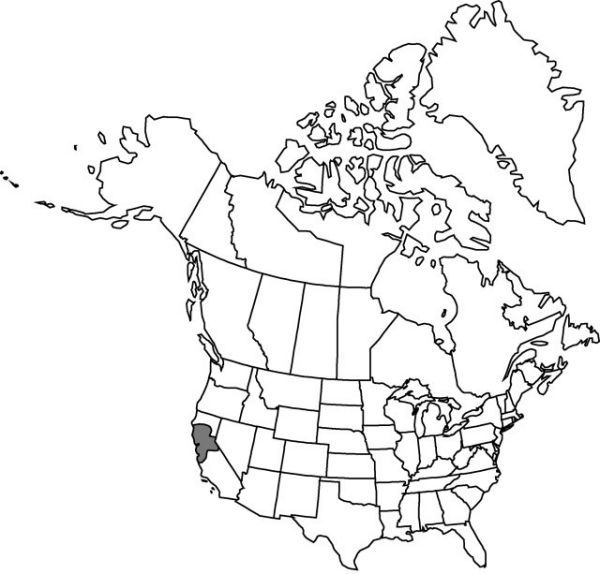Iris macrosiphon
Pacif. Railr. Rep. 4(5): 144. 1857.
Rhizomes many-branched, forming tufts, with fibrous remains of old leaves at nodes, slender, 0.6–0.8 cm diam.; roots few, fibrous. Stems simple, solid, almost absent or to 2.5 dm. Leaves: basal longer than stem, blade light green, finely veined, narrowly linear, 3–4 dm × 0.4–0.6 cm, glaucous, margins not thickened, apex acute; cauline 1–2, spreading, sheathing for about 1/2 length, foliaceous, blade not inflated, 0.7–1 dm. Inflorescence units (1–) 2-flowered; spathes nearly opposite, connivent, linearlanceolate, 4–9.5 cm × 4–6 mm, subequal or outer longer. Flowers: perianth indigo, purple, lavender, white, cream, or yellow; floral-tube linear, gradually dilating apically, 6 cm; sepals usually with fine, dark veins basally, becoming coarser on claw, oblanceolate or obovate, 3.9–7 × 2 cm, base abruptly attenuate into claw; petals oblanceolate, 3.5–6 × 0.5–1.6 cm, base gradually attenuate; ovary ovoid, ca. 1 cm; style 2–3.5 cm, crests overlapping, reflexed, semiovate, 0.8–1.8 cm, margins denticulate; stigmas triangular, margins entire; pedicel 1.5–2 cm. Capsules oblong to ovoid, somewhat 3-angled in cross-section, 2.5–3 cm. Seeds dark-brown, angular, finely wrinkled. 2n = 40.
Phenology: Flowering Apr–Jun.
Habitat: Sunny hillsides, meadows, roadsides
Distribution

Calif.
Discussion
Iris macrosiphon hybridizes with I. chrysophylla, I. douglasiana, I. fernaldii, I. hartwegii, I. innominata, I. munzii, I. purdyi, I. tenax, and I. tenuissima.
The invalid name “Iris californica” Leichtlin has sometimes been applied to a portion of this species.
Selected References
None.
Lower Taxa
"dm" is not declared as a valid unit of measurement for this property."dm" is not declared as a valid unit of measurement for this property. "dm" is not declared as a valid unit of measurement for this property."sheathing" is not a number."fine" is not a number.
